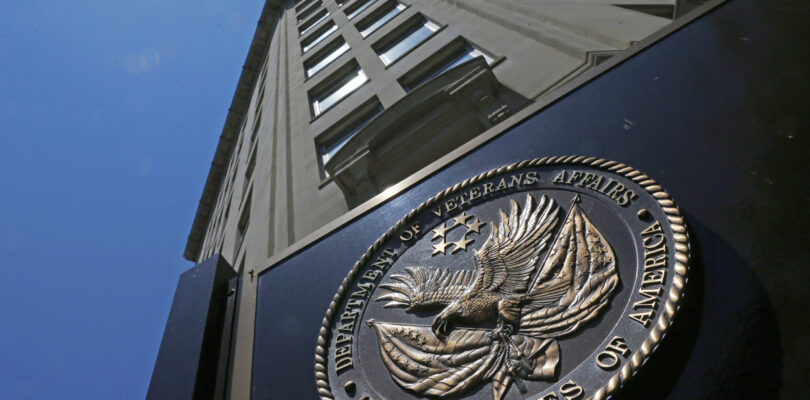The Department of Veterans Affairs budget would see a 4% boost in programmatic funding under President Donald Trump’s initial budget plan for fiscal 2026, even as most other non-defense federal agencies face steep fiscal cuts.
The $1.7 trillion “skinny budget” plan for next fiscal year, released by the White House on Friday, provides only broad spending outlines for federal departments and is expected to be followed by more detailed guidance in coming weeks.
White House officials said the fiscal plan “holds the line on total spending while providing unprecedented increases for defense and border security” while also reducing the size of the federal bureaucracy.
While major discretionary funding cuts are planned for agencies like the Department of Education (down 15%) and the Department of Housing and Urban Development (down 44%), the White House plan calls for a $5.4 billion boost in VA program spending.
Trump plans to change Veterans Day into ‘Victory Day for World War I’
According to documents released by the Office of Budget and Management, about $2 billion of that increase would go toward accelerating the department’s electronic health records overhaul, a project that has been stalled for three years.
VA Secretary Doug Collins earlier this year announced plans to accelerate the rollout of the records system to 13 news sites in 2026, despite numerous cost overruns and system glitches.
Another $3.3 billion would be set aside for medical care improvements, although the specifics of those efforts have yet to be released.
Budget officials said the money would go toward ensuring that “the nation provides the world-class healthcare to America’s veterans that they deserve” and that “veterans who qualify for access to care with local community providers would be empowered to make the choice to see them.”
Expanding community care options — opportunities for veterans to seek private-sector care at taxpayers expense — was a major campaign promise for Trump. Collins has reiterated that focus in recent public interviews.
Planning documents also call for a $1.1 billion increase for programs aimed at ending veterans’ homelessness. Officials said the money would be earmarked for “rental assistance and augmenting VA’s existing case management.”
The spending plan estimates almost $500 million in savings from cuts to legacy information technology systems within the department, and another $37 billion from diversity program cuts and planned staff reductions.
Officials also plan to shift about $50 billion in previously mandatory funding — set aside originally to pay for expenses related to toxic exposure injuries — into the discretionary budget next year.
Republican lawmakers have argued the move will make the funding more flexible and improve oversight into its use. Democratic lawmakers have countered that the move endangers long-term assurances that money will be available to care for those wounds of war.
The White House did not release its estimate for mandatory VA spending in fiscal 2026, which includes money for disability benefits, education payouts and certain medical expenses.
Veterans Affairs planners have seen regular budget increases annually for more than 20 years, even amid periodic congressional and White House efforts to reduce federal spending.
In fiscal 2001, the VA budget — both mandatory and discretionary — totaled just $45 billion. In 2011, it was about $125 billion. For the current fiscal year, the total tops $350 billion.




